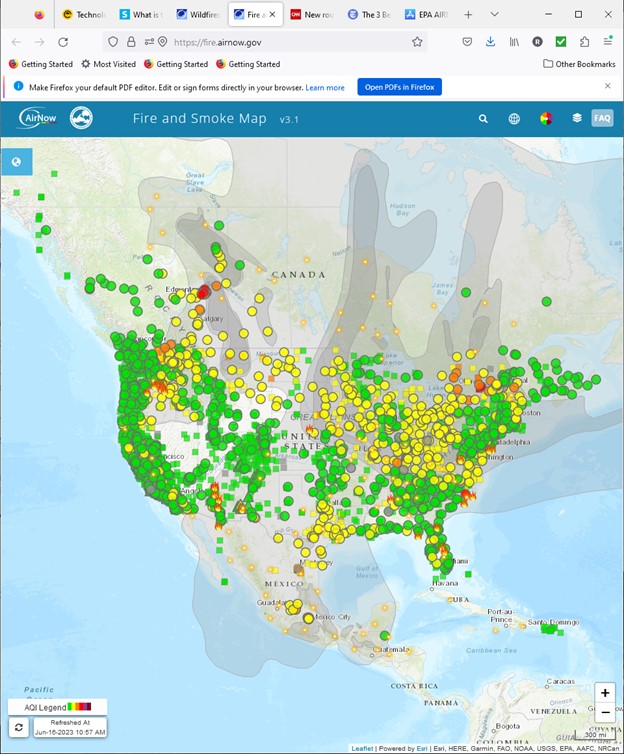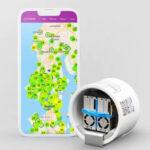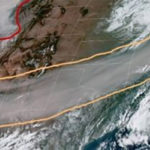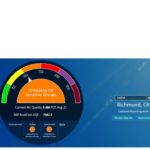Traditionally, summer wildfires are associated with California and the west coast. With the recent Canadian wildfires spreading smoke and dense particulates to extensive areas in the eastern and southern U.S., monitoring outdoor particulates has become an important topic for areas of the U.S. that are not normally that interested.
On June 8, the U.S. National Weather Service issued air quality alerts for virtually the entire Atlantic seaboard. According to AccuWeather, a private weather forecasting service, thick haze and soot extending from high elevations to ground level and registered as the worst outbreak of wildfire smoke to cover the Northeastern U.S. in more than 20 years.
Eight days after the wildfires first impact on the Northeastern U.S., particulate matter (PM) readings were still in the yellow (moderate) rather than the green zone for readings of PM2.5 in key areas in New York. When inhaled, tiny PM2.5 pollutants can move deep into lung tissue and enter the bloodstream. With over 50 wildfires in Ontario, Canada alone, many more days of poor air quality can be expected and many more areas and major cities in the U.S. can be impacted.
Regional outdoor air quality
The United States Environmental Protection Agency’s (EPA’s) national air quality standards for particulate matter fall into two size classes: PM10 (particles < 10 micrometers [µm] in size) and PM2.5 (particles <2.5 µm in size). While the smallest particles, the PM2.5s, can be inhaled deep into the lungs, making them especially harmful, the larger PM10 particles can cause irritation of the eyes, nose, and throat. As a result, particulate matter can cause breathing difficulties as well as other health issues.
As a critically important issue for health, the EPA carefully monitors the national air quality. State-of-the-art monitors approved by EPA to monitor particulate concentrations for compliance with national air quality standards can cost $10,000 or more. Current air quality for specific locations can easily be obtained from the United States Environmental Protection Agency’s (EPA’s) Air Now website. On Friday, June 16, 2023, it looked like:

To extend the reach of PM measurements, a number of lower cost PM sensors are continually introduced. In a recently published paper, researchers from Colorado State University evaluated the performance of several low-cost sensors for monitoring particulate matter air pollution. They stated that most low-cost PM sensors operate on the principle of aerosol light scattering, also called nephelometry. In this sensor design, a fan draws an air sample into a small housing, the PM passes through a focused beam of light, and a photodetector measures the intensity of the light scattered by the particles. As a result of their study, they concluded that low-cost aerosol sensors cannot discriminate particle size accurately enough and only report linear and precise measures of aerosol concentration in the accumulation mode size range.

Personal space indoor air quality
If the outdoor air quality reaches unacceptable levels and the local government recommends staying indoors, especially for older and more susceptible individuals — those who are unusually sensitive to air pollution, there may be interest in actually knowing how good the indoor air quality is. In this case, the low-cost sensor is possibly the only alternative. Indoor air-monitoring devices that measure airborne particle levels often also measure volatile organic compounds, such as the vapors from paint, cleaners, and glue.
Reference
New round of smoke from Canada fires prompts air quality alerts across the Upper Midwest
Size-Resolved Field Performance of Low-Cost Sensors for Particulate Matter Air Pollution




